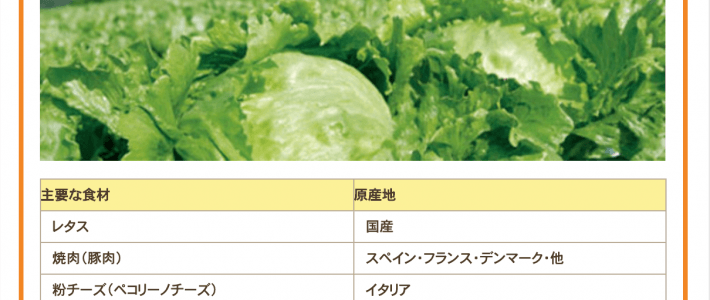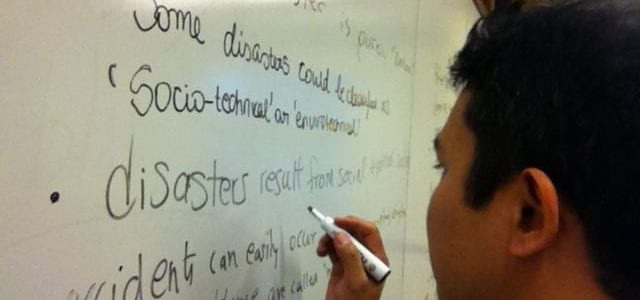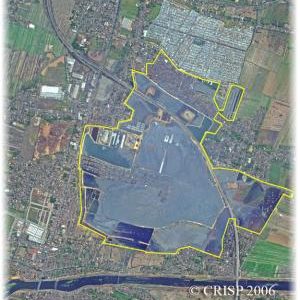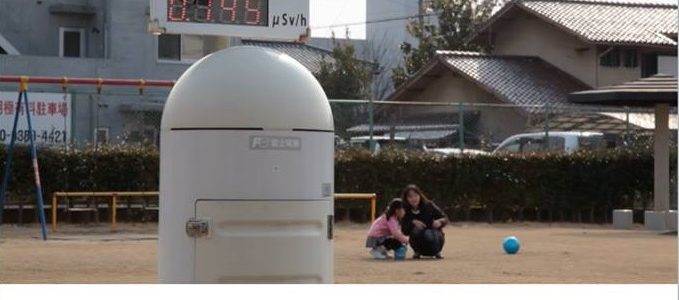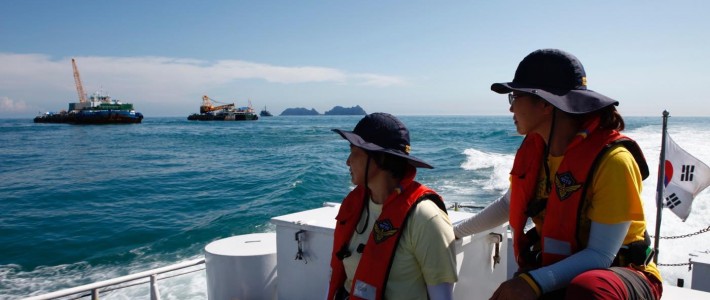COVID-19, Subway Fire, and Sewol: How Disasters Connect Us :: Chihyung Jeon (South Korea)

On March 15, 2020, President Moon Jae-in of South Korea declared the Daegu Metropolitan City and some of surrounding areas of North Gyeongsang Province as a “special disaster zone.” Daegu became a hotspot of COVID-19 in Korea on February 18th,
![[Teach311 + COVID-19] Collective](https://blogs.ntu.edu.sg/teach311/files/2020/04/Banner.jpg)
